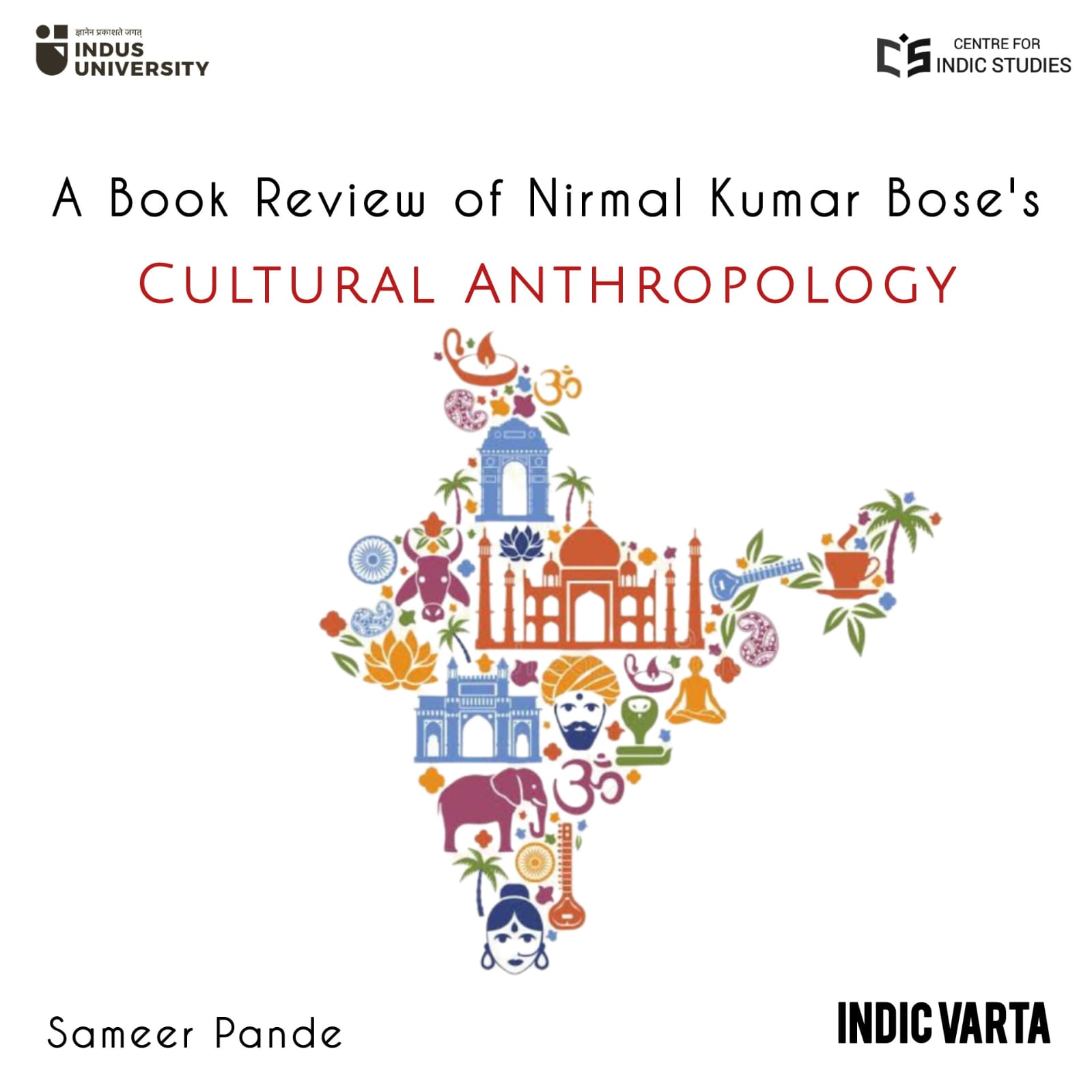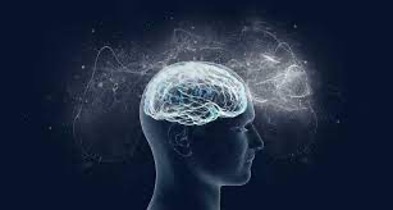- Visitor:23
- Published on:
ऋत (ṚTA): Nature’s Amazing Cycles, Wildernesses and Biodiversity – 1
Life evolved, enriching Earth to make up Nature, and why we must maintain eternal obligation towards Earth and Nature. What played out in this interaction of the living and non-living was the merging of the amazing cycles of living and non-living components of Nature, as cycles of Living Nature got aligned with the preexisting pre-Life cycles of Earth. In this article, we shall discover these amazingly beautiful cycles, periodicities and rhythms of Earth and Nature (which Vaidiks normatively call ṚTA). We shall also study habitats and biodiversity.

In the last article, we saw how life evolved, enriching Earth to make up Nature, and why we must maintain eternal obligation towards Earth and Nature. What played out in this interaction of the living and non-living was the merging of the amazing cycles of living and non-living components of Nature, as cycles of Living Nature got aligned with the preexisting pre-Life cycles of Earth. In this article, we shall discover these amazingly beautiful cycles, periodicities and rhythms of Earth and Nature (which Vaidiks normatively call ṚTA). We shall also study habitats and biodiversity.
AMAZING CYCLES:
Prior to living Nature: the “pre-Life” cycles of Earth and frequencies and rhythms of the Universe:
- The cycles of geo-astronomic phenomena (eg. Earth warming and cooling, oceans advancing and retreating, Milankovitch cycles of the earth’s axial wobble, day and night cycles, etc.) It is this cycle which Hindus call the Ayan movement; it is this reason why a paradise becomes the Sahara desert; and why pole stars change.

Milankovitch Cycle
- On a broader geological time-scale, the coming together and separation of continental landmasses or Geological plates (Continental Drift). Supercontinents have assembled and dispersed multiple times in the geologic past (the last being the Supercontinent of Pangaea…); in the future, who knows, how they may rearrange differently again!
- Subtle periodicities which always existed (aspects of Truth or Ṛta) but were perceived only after Life evolved and humans arrived: numbers in mathematics, musical octave scales, cymatics, geometry, [In fact, Hindus believe, these subtle things in Nature were part of the Ṛta ऋतम् only discovered by Ṛshis – after Life commenced, and AFTER humans arrived on the scene; for us lay humans, the Ṛshis kept it available as metric oral lore, which was codified by Vedavyas and Ganesha. Devatas represent the frequencies.]
The cycles of the non-living components of Nature:
- Annual climate cycles, or the seasons, with the spectrum of severities becoming our weather;
- The cycles of chemical elements (carbon, nitrogen, phosphorus, oxygen, calcium, indeed of every element of the Periodic Table);
- The cycle of water (the hydrological cycle), including the largest component of this cycle, namely the rain cycle of rain;
- Cycles of ocean currents, wind currents, etc. with a pattern and framework of appearance…
The living species have their own cycles… some examples…
- Life cycles: All species of plants, microorganisms and animals have life cycles; these include the oestrus cycles of the females of species and cycles like the rut or musth in males; the flowering / seeding cycles of plant life; sporulation and re-germination of spores of microorganisms; etc.
- Animal migration cycles: Animals are born to move, unlike plants meant to stay in one place. Since animals are by definition species which must always move, they have migratory paths, in air, in oceans, in rivers and on land. Singly or in groups, animals do move to the same places every few months or year or over years. While all wild animal movement is not with circles or with exact return spots, there are definite periodic returns of some species of animals to the same point over a span of some seasons or even years, to avail of food and water across seasons over vast expanses of time, and this survival skill and knowledge is passed down generation to generation; this longer-span movement, which has been going on for millennia, also qualifies for becoming a ‘cycle’ in Life.
Without these animal movements, Nature would come to a fatal standstill.
(i) The Great African Migration, back and forth across dangerous river crossings every year but in different seasons, in pursuit of sweet water and green grass, and to give future to their next generations born and to be born, by tides of tens of lakhs of prey species herbivores in huge herds, is a spectacle going on for thousands of years. The most numerous species is the Wildebeest – a large antelope. It is the largest animal migration on the planet, central to Africa’s biodiversity and hence, human survival on the overpopulated, impoverished and hungry continent.

(ii) ‘Cyclic’ elephant corridors both in Africa and Asia are used by the same herd comprising different generations of elephants year after year.
Elephants have to move else they will exhaust their food at one spot.
Both (i) and (ii) ensure rotation of grazing allowing grass to regenerate, and incorporates the life cycles of both herbivore and grass / forage species, and birth cycles of predators; this is vital to keep the grasslands and forests viable and healthy.
(iii) Tiger corridors in Asia are used by generations of tigers rather than just one individual, but are vast pathways interconnecting different wildernesses, but with each point being visited by tigers over generations. This churns the gene pools creating genetic diversity and prevents inbreeding, much like avoiding intra-gotra marriage fixing in humans. Central India, the land giving birth to the mighty Narmada, Tapi-Poorna, Mahanadi rivers and the tributaries of the Ganga-Yamuna system or the Godawari southwards, have the most diverse population of tigers, and these forests have preserved tiger, river and tribal. Here is a map of the cycles of tiger corridors, the life veins of our Madhya Bharat:
This ensures survival of the tiger species, which then commands the forest capacity to give birth to perennial rivers, on which downstream human life depends.
(iv) Salmon fish return as adults to spawn exactly where they were initially laid as eggs, making their migration cycle also their life cycle. Here is a map of Coho spp. of salmon:
North America and Europe are witness to this return of salmon each year, which brings seawater nutrients to upstream inland forests. Without salmon, there would a collapse, one by one, of bears, trees and eventually herbivores. These ancient cycles are Ṛta ऋतम्.
(v) Migratory birds fly back and forth – across the Himalayas, from North to South Pole, every year.
(vi) Sea animals (turtles, whales, etc.), Monarch butterflies, red crabs, etc. also move, using instinct and / or, knowledge passed on by patriarchs and matriarchs.
- Cycles of animal activity: Cycles of hibernation or aestivation; generating and shedding of antlers in deer, coat moults in Arctic foxes or skin moults in snakes.
- Physiological cycles: Cycles of filling and emptying of the heart, lungs, bladder and bowels of animals; Kreb’s cycle and other physio-biochemical cycles inside cells; etc.
The Pranayamic cycle of anuloma and viloma and the circuits of the yogic kundalini nadi pathways are also part of this.
- Cycles of plant life: leaf generation, yellowing and shedding of leaves of trees (in sync with seasons); crop cycles (in accordance with seasonal cycles); opening and closing of plant leaf pores;
- Circadian rhythm: all aspects of the manifestations of circadian rhythms of animals, plants, even of humans… Human survival needs an alignment of our activity with these cycles and rhythms of Nature, the most evident manifestation of this being the Circadian Rhythm inherent in human beings.

CITATIONS, CREDITS AND FURTHER SUGGESTED READING:
Milankovitch cycles – tilting of the earth:
Circadian rhythm:
Effects of the moon: https://www.sciencenews.org/article/moon-animals-light-behavior-lunar-phases
Human body clock: https://easyscienceforkids.com/circadian-rhythms-internal-body-clock/
Aligning time of the day with a raga: https://www.itcsra.org/SamayRaga.aspx
- 11 min read
- 0
- 0










